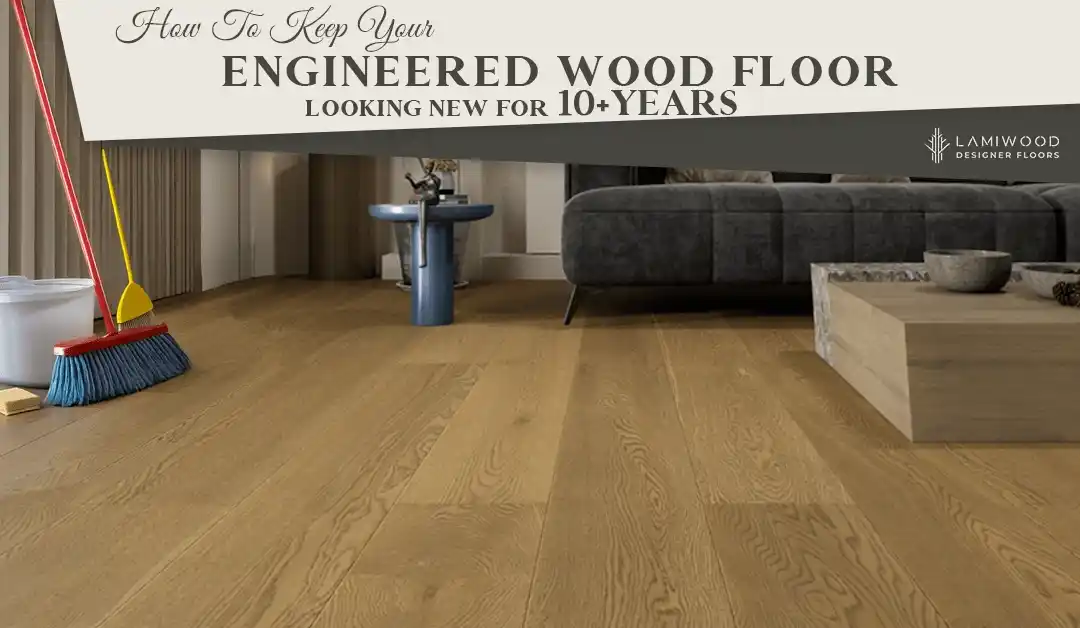So, you finally installed those gorgeous engineered wood floors. They look warm, rich, and elegant — exactly what you imagined. But now comes the big question that almost every homeowner asks:
“Will my engineered floors start looking dull or worn out in just a few years?”
Honestly? They don’t have to. With the right care, engineered wood flooring can look brand new for 10 years or even longer. In fact, many people are surprised when they realize engineered floors are designed to last — they just need some love and attention along the way.
In this guide, let’s chat about simple do’s and don’ts, clever annual hacks, and the secret behind those protective topcoats that keep your floor shining for over a decade.
Why Engineered Wood Floors Last Longer Than You Think
First, let’s clear up a myth: engineered wood isn’t “fake” wood. It’s real wood on top, supported by multiple layers beneath. Think of it as the smarter, more stable cousin of solid wood.
Here’s why it’s built to last:
- Multi-layer construction: Instead of being a single solid plank, engineered flooring has several layers pressed together. This prevents warping, swelling, or shrinking when the weather changes.
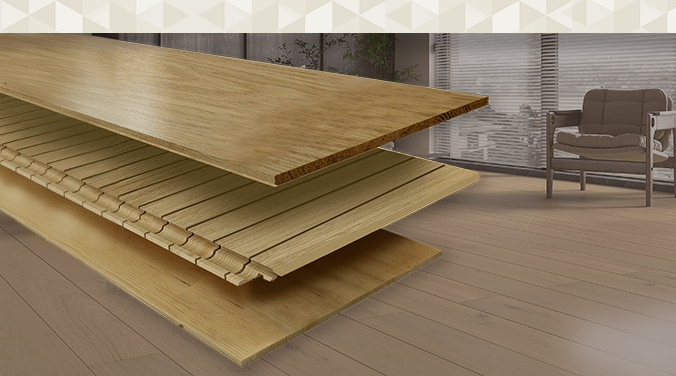
- Protective finishes: Good engineered floors come with multiple coats of lacquer or oil that act like invisible armor.
- Refinishing potential: Does it have a thicker wear layer? Great! When it needs a refresh, you can sand and refinish it, just like solid wood.
So no, engineered wood isn’t short-lived. If you care for it, it’ll be with you for the long haul.
The Do’s and Don’ts of Everyday Care
Let’s be real — most floor damage doesn’t happen overnight. It comes from small habits that add up. Here’s how to set your floor up for success:
Things you should definitely do:
- Sweep or mop gently: Use a microfiber mop or soft broom to catch dust. It’s quick and scratch-free.
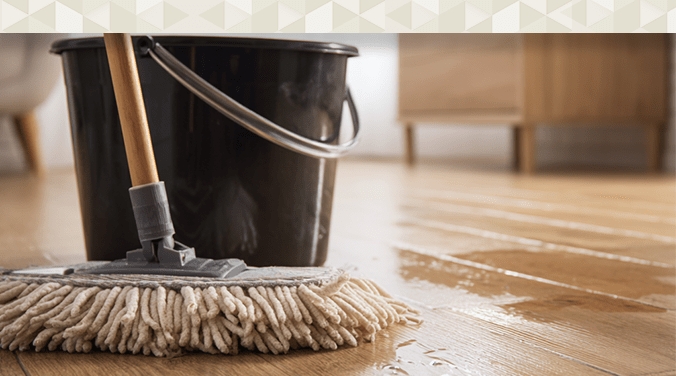
- Protect your furniture legs: Felt pads are cheap but save your floor from dents and scrapes.
- Control the air: Wood likes stable humidity. If your home gets too dry or too damp, a humidifier or dehumidifier can help.
Things to absolutely avoid:
- No wet mopping: Buckets of water = your floor’s worst nightmare. Stick to a slightly damp mop.
- No steam cleaning: Steam may sound like a good idea, but it damages the finish and layers.
- Don’t drag heavy stuff: Always lift furniture — your floor will thank you.
- Skip harsh cleaners: Bleach, vinegar, or abrasive sprays can strip away protection.
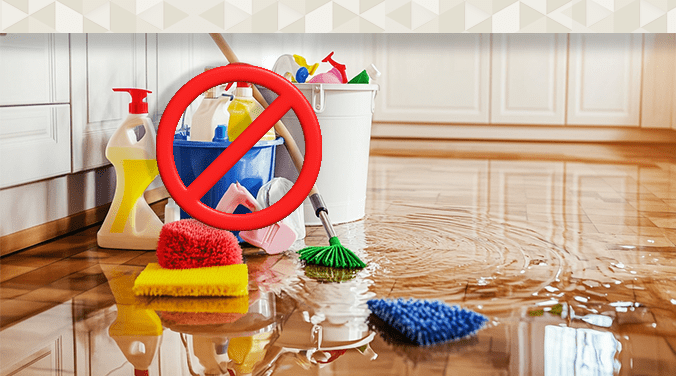
Rule of thumb? Treat your floor like a dining table made of fine wood — gentle care works best.
Annual Hacks That Keep Floors Looking Fresh
Here’s the fun part — your engineered wood needs a little “spa day” every year. Nothing major, just a few simple treatments to refresh its glow.
- If your floor is oiled: Re-oil it once a year. This nourishes the wood, revives the color, and adds protection.
- If your floor is lacquered: Use polish boosters. These restore shine and add a thin extra shield against scratches.
- Once-a-year deep clean: Grab a pH-neutral cleaner (or call in a pro) to remove stubborn dirt safely.
Think of this as your floor’s yearly health check-up — quick, simple, and worth it.
How to Stop Scratches Before They Happen
Scratches are probably the most common fear associated with wooden flooring. But here’s the secret: prevention is super easy.
- Rugs in busy spots: Place mats or runners in entryways and hallways.
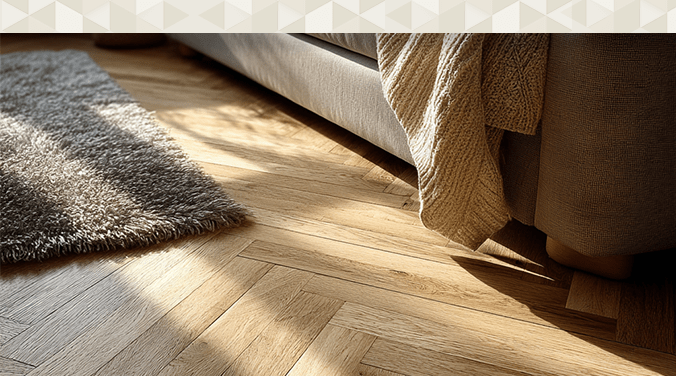
- Felt pads (again): Seriously, put them under every piece of furniture, big or small.
- Shoes-off policy: High heels + dirt = recipe for scratches. A “no shoes inside” rule works wonders.
- Pet parents: Trim your furry friend’s nails — your floor will love you for it.
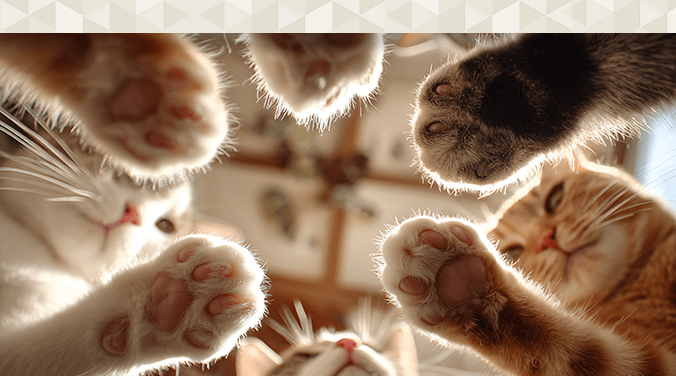
With just these steps, you’ll keep your floor smooth for years.
The Secret Weapon: Multi-Layer Topcoats
Let me tell you something most people overlook — the real hero behind your floor’s long life isn’t just the wood, it’s the finish on top.
- Layers upon layers: Quality engineered wood usually has 5–7 coats of protective finish. Each layer adds toughness against scratches, stains, and fading.
- UV protection: If your living room gets a lot of sunlight, these coatings stop the floor from turning dull or yellowish over time.
- Refinishing option: With a thicker wear layer, you can sand and re-coat the floor years later, giving it a whole new life.
This is why buying good-quality engineered wood flooring matters so much. The finish is what keeps your investment looking fresh for a decade or more.
When It’s Time to Call in the Pros
Even with the best care, you may eventually notice:
- The floor looks dull no matter how much you clean.
- There are visible scratches or dents.
- Some areas look discolored or water-stained.
That’s when professional help comes in. Resanding or re-coating every 7–10 years can make your floor look brand new again — without needing to replace it.
Also Read – Engineered Wood vs. Bamboo Flooring: Which is Best for Your Home?
Wrapping It Up
So, here’s the takeaway: engineered wood floors are not fragile, and they don’t age badly if you maintain them properly.
- Daily care is simple — sweep, protect, avoid too much water.
- Yearly care keeps them glowing — re-oil, polish, or deep clean.
- Prevention is your best friend — rugs, pads, and mindful habits.
- And when needed, professional re-coating gives them a fresh lease on life.
If you put in just a little effort, your engineered floor won’t just last 10 years — it could look stunning for decades.
So next time someone says, “Engineered wood doesn’t last long,” you can smile and say, “Mine still looks brand new after 10 years.”
For a free consultation, reach out at 91+9999500117 Or drop us an email at Info@lamiwood.in

